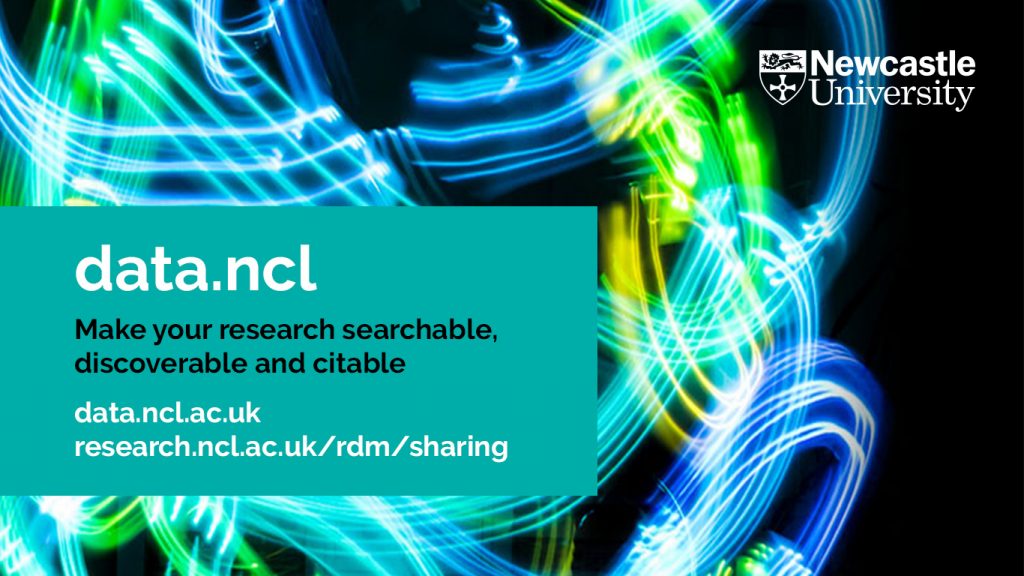
In Love Data Week, we show our love for research data.
The Research Data Management teams in the libraries of both Newcastle University and Northumbria University are organising a collaborative event for research colleagues and PGR students during Love Data Week. It will take place a day before Valentine’s Day to help us improve our relationship with research data, before the big day.
Regardless of your research methods (qualitative or quantitative), or whether you write code, you will collect or produce data. Research data are what supports our research claims, underpins our research publications, and brings credibility and a deeper understanding to our work. If you are trying to publish your work, or you collect, analyse, store or share research data, book your place and find out how your data access statement can enhance the transparency of your work.
In this session we will cover:
· The principles and importance of data access statements in research.
· Practical guidance on writing clear and impactful statements.
· Real-world examples and common pitfalls to avoid.
· Where to share research data.
· Resources and support to simplify the process.
Date: Thursday, 13th February 2025.
Time: 10:00 – 11:30.
Book you place: https://newcastle-uk.libcal.com/event/4311014.
Treat your data with love this Valentine’s Day!
Contact the team via email at rdm@ncl.ac.uk, or visit the website.
Visit the Love Data Week website for more events.





